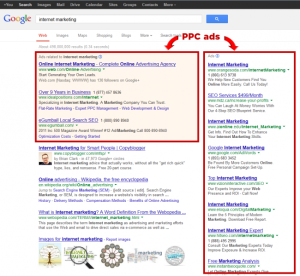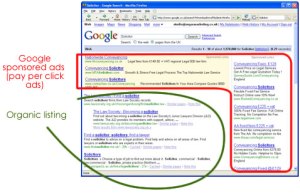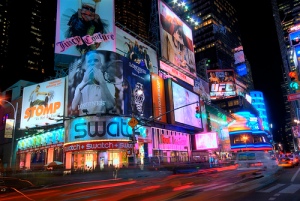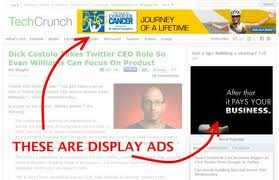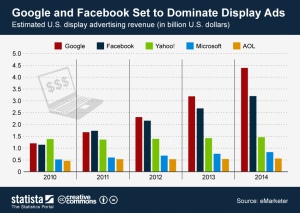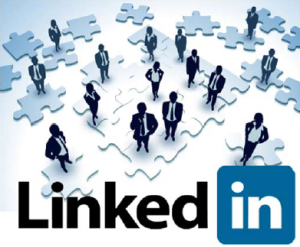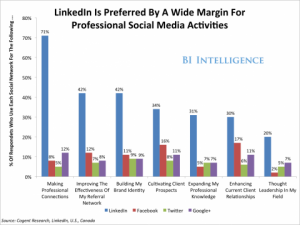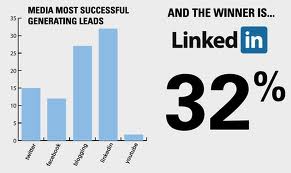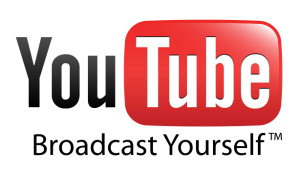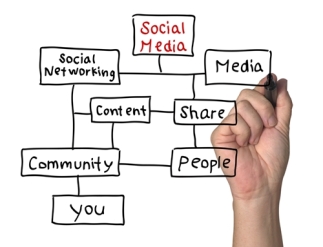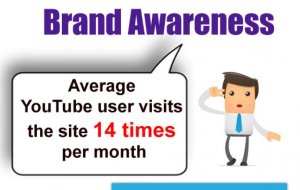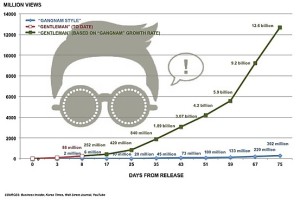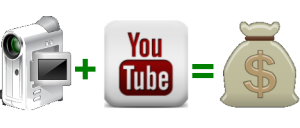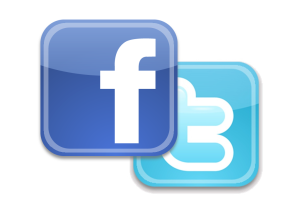Pay per click marketing, or PPC, is a pretty simple concept: Search engines like Google and Bing allow businesses and individuals to buy listings in their search results. These listings appear along with the natural, non-paid search results. These ads are sold in an auction. You bid what you want to pay for a click on the ad. Bid the most and you have a chance of ranking number 1 in the sponsored results.
In its most basic form PPC advertising is a great way to get visitors when you need traffic and you need it now. But like everything else there are pros and cons to PPC when measured against Display advertising.
Why PPC is good
Pay per click advertising is good in that it can generate traffic immediately. Spend enough, get top placement, and potential customers will see you first, essentially that is how the system works. If potential customers are searching for the key phrases on which you bid and you’ve placed a well-written ad, you will get clicks the moment the ad is activated, thus potentially increasing sales and awareness.
PPC advertising is a fast medium of advertising as take for example; with some systems, such as Google AdWords, you can generate targeted traffic within a few minutes of opening an account.
PPC can also be very cheap if you are lucky as sometimes, you can find keyword ‘niches’ for which the top bid is around €0.10. Therefore it sometimes happens that you can generate traffic to your site for a fraction of the cost of any other form of paid advertising.
Why PPC Advertising is bad
Firstly, PPC advertising can cost a fortune. It’s easy to get caught up in a bidding war over a particular keyword and end up spending far more than your potential return. ‘Ego-based’ bidding, where a CEO/marketer/someone else decides they Must Be Number One no matter what, can cost thousands of dollars. Also, bid inflation consistently raises the per-click cost for highly searched phrases.
Pay per click advertising does not scale. If you get more traffic, you pay more money in nearly direct proportion to that traffic, thus your cost per click stays constant, and your overall cost increases.
Display Advertising
Display advertising in its simplest form can be described as a type of advertising that typically contains text, logos, photographs or other images, location maps, and similar items. In a more in-depth meaning display advertising can be described as by The Internet Bureau (IAB) “a form of online advertising where an advertiser’s message is shown on a destination web page, generally set off in a box at the top or bottom or to one side of the content page”. Display advertising is priced in two ways; CPM (cost per mile/cost per thousand ad impressions; and by Ad Impression (the number of times an ad banner is served/ad views). Some common forms of display advertising involves billboards, posters and fliers.
An example of Display Advertising off-line
An example of Display Advertising on-line
What can we achieve through Display Advertising?
- Brand Awareness
- Direct Response
- Sales
- Lead generation
- Social media integration
- Awareness
From the graph we are presented with current as well as future projections of Google and Facebook levels of display advertising domination.
Similar to that of Pay-per-click, display advertising can overlap in terms of pro’s of both of the different types of advertising. Evidently both forms posses positive features, thus it is up to the business and its budget as to which form of advertising to choose. The key thing for a business to remember when debating which form to undertake is which advertising strategy will result in a wider reach to audience and thus generate higher sales through brand awareness. If you’re aiming for high website traffic and effective branding, then you would benefit from a display advertising campaign. However, if you are focused on attaining high ROI and highly targeted traffic, then you would be more successful with a PPC campaign.
